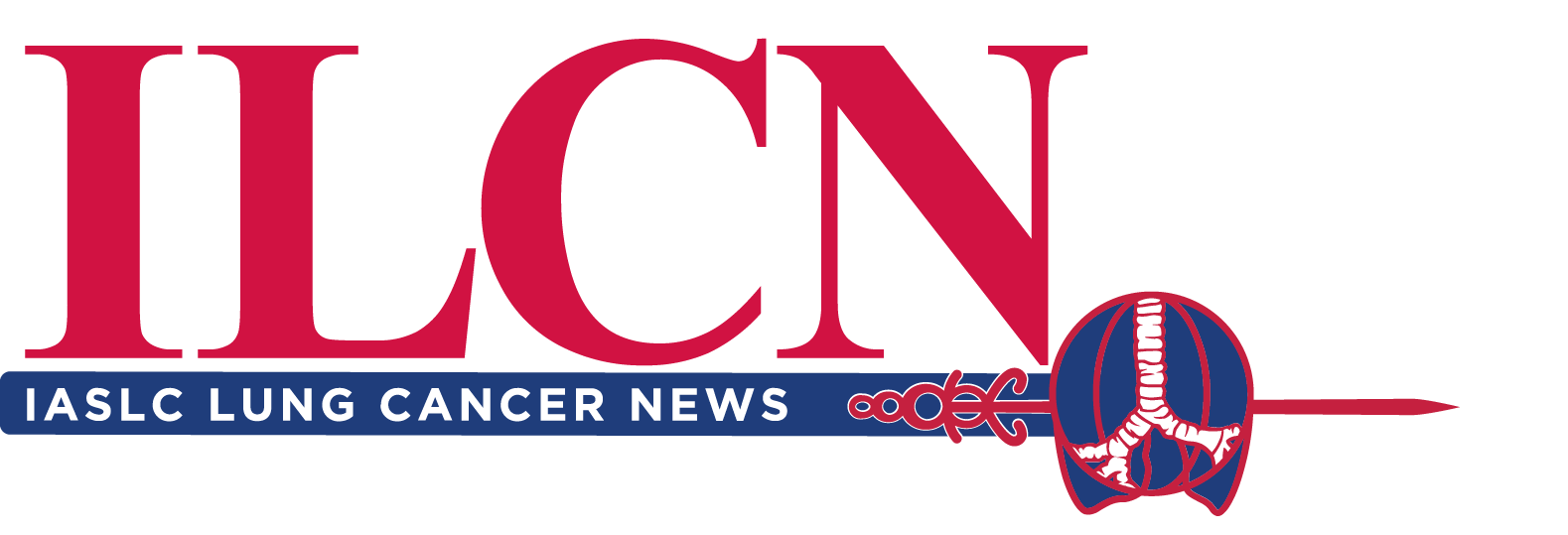
In 2024, the world was hit by a series of extreme weather events that highlighted the reality of the ongoing climate crisis. Hurricane Helene, the deadliest since Hurricane Katrina two decades ago, pummeled the Caribbean and the southeastern US. Flash floods devastated Spain. Torrential rains led to deadly landslides in India and Ethiopia. Typhoon Yagi swept across several Asian countries. Severe drought conditions affected large parts of South America and caused food and water shortages in Zambia. Las Vegas experienced an unprecedented heatwave. The year 2025 has begun with reports of one of the most horrific wildfire events in world history in Southern California, again fueled by climate change. These catastrophic events demonstrate that no part of the globe is immune to the impact of climate change. The 2024 State of the Climate Report1 warns that humanity is nearing an irreversible climate catastrophe. Undoubtedly, we are in a global crisis.
Extreme weather events are becoming more frequent, intense, and prolonged because the changing climate is altering atmospheric and oceanic conditions. Global warming drives climate change. The year 2024 was the warmest on record, about 1.55°C above pre-industrial level.2 The increasing global average temperature is mainly due to ever-rising greenhouse gas (GHG) concentrations (carbon dioxide, methane, and nitrous oxide) in the Earth’s atmosphere. The GHG effect traps and prevents heat from escaping into space. Human activities are the primary drivers contributing to global warming, and the melting of ice caps and glaciers, rising sea levels, shifts in weather patterns, frequent and intense heatwaves, and changes in biodiversity and ecosystems are the consequences of that warming.
The 2024 report of the Lancet Countdown on health and climate change3 presents the most alarming conclusions to date. Humanity is facing record-breaking threats to health, wellbeing, and survival. Many oncology professionals may not be fully aware of the strong link between climate change and cancer. Climate change itself does not directly cause lung cancer; however, there are several interconnected elements that contribute to an increased risk as well as affect cancer care and outcomes.
The most evident impact is the disruption caused by natural disasters on patients’ access to care, and the ability of cancer treatment facilities to deliver services. Damaged medical infrastructure, communication systems and medical records, along with disrupted supply chains, power outages, damaged roads and broken transportation links can lead to potentially life-threatening interruptions to access care.4,5,6 In one study, patients with locally advanced non-small cell lung cancer (NSCLC) had worse survival if their radiation therapy (RT) was interrupted by a hurricane.7 The unpredictable disaster circumstances also interfere with cancer control efforts, from prevention and screening to survivorship.8,9,10
Climate-related natural disasters increase exposure to environmental lung carcinogens. When Hurricane Harvey struck the Gulf Coast in 2017, flooding damaged an oil refinery that released dangerous amounts of carcinogens including polycyclic aromatic hydrocarbons (PAHs).11,12
Wildfires are becoming more frequent and destructive. Wildfire smoke contains hazardous air pollutants and carcinogens, such as PAHs, ozone, fine particulate matter (PM2.5) and nitrogen dioxide which, when inhaled over time, may increase lung cancer risk.13,14 Wildfire particulate matter is more toxic compared to that of ambient PM2.5.15 Exposure to wildfires may be associated with an increased lung cancer risk. An epidemiological study in Canada16 showed that populations exposed to a wildfire within 50 km of residential locations in the past 10 years had a 4.9% (95% CI 2.8–7.1) relatively higher lung cancer incidence compared to unexposed populations in adjusted models. A US cohort study17 assessed the association between wildfire exposure and postoperative long-term overall survival (OS) among patients discharged from the hospital following curative-intent surgical resection of NSCLC. Exposure to a wildfire up to 12 months after hospital discharge following surgery was associated with worse OS. Hazards were greater with earlier exposure during recovery. Another study18 highlighted the vulnerability of patients with NSCLC undergoing radiotherapy (RT) to the risks posed by wildfires. Patients with nonoperative, locally advanced NSCLC who underwent definitive RT and experienced a wildfire disaster within 12 weeks of starting treatment had worse OS compared to those not exposed to such events. These study findings show that patients with lung cancer are at more risk from the hazards of wildfires and hurricanes. Therefore, it is urgent that patients be prioritized in climate adaptation efforts and strategies.
The consequences of climate-fueled disasters disproportionately affect low- and lower-middle-income countries. Despite contributing the least to global warming, low- and lower-middle-income countries are bearing the brunt of its consequences. For instance, the Philippines was hit by five severe tropical storms and super typhoons within a single month in 2024, affecting more than 9 million people.19 These storms caused widespread displacement, massive destruction of homes and properties, and prolonged flooding, which severely hindered the ability of the communities to recover and to access care. The Philippines, which continues to struggle with the basics of cancer care and has limited access to newer cancer treatments and technologies, contributes only 0.41% to global carbon emissions.20 Yet, it faces some of the worst climate-related impacts.
The thoracic oncology community must develop a strong and compelling investment case for cancer care in the context of climate change. We must frame lung cancer care, particularly in terms of funding, policy, and infrastructure, within the broader context of climate change. This approach requires examining how the climate crisis affects patient outcomes and healthcare delivery systems, and identifying how investments in cancer care should be adapted to the changing climate.
What would be the cost of inaction? Inaction would lead to increased rates of lung cancer, worsened patient outcomes, overwhelmed healthcare systems, rising healthcare costs, and deepened existing health inequities.
What would be the benefits of action? Proactive investment would reduce environmental risk factors, lower lung cancer incidence and disease burden, strengthen healthcare system capacity, enhance infrastructure resilience, bridge gaps in health inequities, and result in long-term savings in healthcare costs.
We have made significant strides in the fight against lung cancer through advances in tobacco control, screening, diagnostics, treatment, and survivorship. However, all of these gains are at risk due to the greatest threat facing humanity. The oncology community cannot afford to ignore climate change. If we fail to do so, we will not be able to protect and build upon the progress we have made.
References:
- 1. Ripple, William J et.al., The 2024 state of the climate report: Perilous times on planet Earth, BioScience, Volume 74, Issue 12, December 2024, Pages 812 824, https://doi.org/10.1093/biosci/biae087
- 2. https://wmo.int/news/media-centre/wmo-confirms-2024-warmest-year-record-about-155degc-above-pre-industrial-level
- 3. Romanello, Marina et al. The 2024 report of the Lancet Countdown on health and climate change: facing record-breaking threats from delayed action. The Lancet, Volume 404, Issue 10465, 1847 – 1896.
- 4. Nogueira LM, Yabroff KR, Bernstein A. Climate change and cancer. CA Cancer J Clin. 2020 Jul;70(4):239-244. doi: 10.3322/caac.21610.
- 5. Hiatt RA, Beyeler N. Cancer and climate change. Lancet Oncol. 2020 Nov;21(11):e519-e527. doi: 10.1016/S1470-2045(20)30448-4.
- 6. Man RX, Lack DA, Wyatt CE, Murray V. The effect of natural disasters on cancer care: a systematic review. Lancet Oncol. 2018 Sep;19(9):e482-e499. doi: 10.1016/S1470-2045(18)30412-1.
- 7. Nogueira LM, Sahar L, Efstathiou JA, Jemal A, Yabroff KR. Association Between Declared Hurricane Disasters and Survival of Patients With Lung Cancer Undergoing Radiation Treatment. JAMA. 2019 Jul 16;322(3):269-271. doi: 10.1001/jama.2019.7657.
- 8. Colón-López V, Díaz-Miranda OL, Medina-Laabes DT, et al. Effect of Hurricane Maria on HPV, Tdap, and meningococcal conjugate vaccination rates in Puerto Rico, 2015-2019. Hum Vaccin Immunother. 2021;17(12):5623-5627.
- 9. Ortiz AP, Gierbolini-Bermúdez A, Ramos-Cartagena JM, et al. Cervical cancer screening among Medicaid patients during natural disasters and the COVID-19 pandemic in Puerto Rico, 2016 to 2020. JAMA Netw Open. 2021;4(10):e2128806.
- 10. Méndez-Lázaro PA, Bernhardt YM, Calo WA, et al. Environmental stressors suffered by women with gynecological cancers in the aftermath of Hurricanes Irma and María in Puerto Rico. Int J Environ Res Public Health. 2021;18(21):11183. doi: 10.3390/ijerph182111183.
- 11. Sansom GT, Kirsch KR, Casillas GA, et al. Spatial distribution of polycyclic aromatic hydrocarbon contaminants after hurricane Harvey in a Houston neighborhood J Health Pollution. 2021; 11, 210308.
- 12. Samon, SM, Rohlman, D, Tidwell, LG, et al. Associating increased chemical exposure to hurricane Harvey in a longitudinal panel using Silicone Wristbands Int J Environ Res Public Health. 2022; 19:6670.
- 13. Straif, K, Cohen, A, Samet, J. Air pollution and cancer. International Agency for Research on Cancer Press, Lyon, France, 2013
- 14. Loomis D, Grosse Y, Lauby-Secretan B, et al. The carcinogenicity of outdoor air pollution Lancet Oncol. 2013; 14:1262-1263
- 15. Aguilera R, Corringham T, Gershunov A, et al. Wildfire smoke impacts respiratory health more than fine particles from other sources: observational evidence from Southern California. Nature Communications 12:1493, 2021
- 16. Korsiak J, Pinault L, Christidis T, et al: Long-term exposure to wildfires and cancer incidence in Canada: a population-based observational cohort study. Lancet Planet Health 6:e400-e409, 2022
- 17. Zhang D, Xi Y, Boffa DJ, Liu Y, Nogueira LM. Association of Wildfire Exposure While Recovering From Lung Cancer Surgery With Overall Survival. JAMA Oncol. 2023 Sep 1;9(9):1214-1220. doi: 10.1001/jamaoncol.2023.2144.
- 18. Lichter KE, Larson BK, Mohamad O, et al: Impact of declared wildfire disasters on survival of lung cancer patients undergoing radiation treatment. JCO Oncology Practice 19:302-302, 2023
- 19. United Nations Office for the Coordination of Humanitarian Affairs. Philippines: Multiple Tropical Cyclones FLASH UPDATE No. 4. Manila, Philippines: OCHA; 2024 Nov 15.
- 20. Global Carbon Budget (2024) OurWorldinData.org/co2-and-greenhouse-gas-emissions





